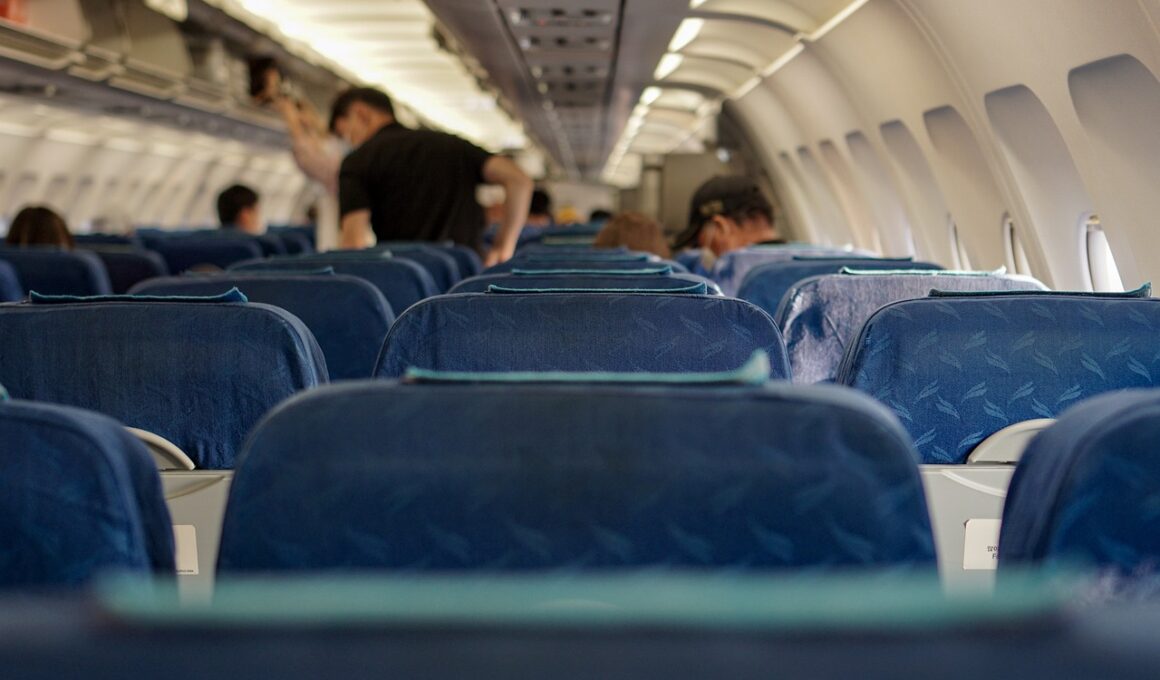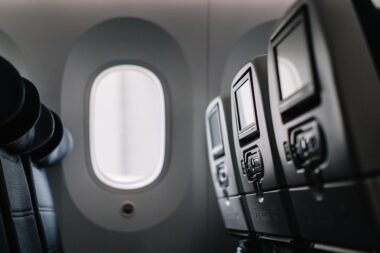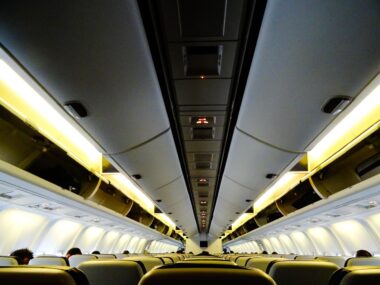How to Communicate with Airlines When Booking for Your Dog
When planning to travel with your dog, clear communication with airlines is essential. Understanding their pet policies ensures a smoother travel experience. Start by visiting the airline’s official website to read their pet travel guidelines. This section typically details requirements such as carrier dimensions, health certificates, and additional fees. Knowing this information beforehand helps you prepare adequately. Additionally, reach out to their customer service for specific questions or clarification on policies. Be sure to note the name of the representative and any reference numbers provided for future reference. This level of diligence can save you time and frustration later. Another valuable step is to confirm your booking as soon as possible, especially during busy travel seasons. Popular airlines can fill their pet spots quickly, so early booking can guarantee your furry friend a seat. If traveling with various pets, ensure you are aware of each airline’s pet travel restrictions, as they may vary. Utilize social media to connect with other pet owners for tips on experiences with specific airlines. Remember to remain patient and polite when communicating; it can significantly enhance your interactions with customer service representatives.
Furthermore, familiarizing yourself with your dog’s temperament can also impact how you communicate with the airline. If your dog tends to be anxious, it may be helpful to mention this during your communication. Stressing the importance of a direct flight or specific cabin conditions may attract their attention to your needs. Always keep your travel documents organized and pertinent information accessible during the booking. Airlines often ask for vaccination records and health certificates. Therefore, having these documents ready can facilitate the check-in process and avoid complications. Remember to inquire about the option of flying with your dog in the cabin versus cargo. Each airline has different sizes and weight limits for dogs on board, and many prefer small breeds. Once your booking is confirmed, do a final review of the airline’s FAQ section for any last-minute updates or changes in policy. Be aware that seasonal changes may also affect pet policies, particularly during summer or winter months, when climate conditions may impose additional restrictions. Having contingency plans for unforeseen issues is another layer of ensuring travel safety. Increased preparedness enhances the comfort level for both you and your beloved pet.
Necessary Preparations Before Traveling with Your Pet
Preparation is vital when taking your dog on a flight, starting with the proper pet carrier. Research thoroughly to find a crate that adheres to the airline’s specifications while ensuring it is comfortable for your dog. Proper ventilation and enough space for your pet to stand, lie down, and turn around are must-haves. Introducing your dog to the carrier ahead of your trip will help them feel more secure during travel. Consider adding familiar items, such as a favorite blanket or toy, to help provide comfort. Furthermore, timing matters; schedule your flight when your dog is less likely to be restless, ideally during early mornings or late evenings, when they typically rest. Regarding food, consult with your vet on feeding schedules before the flight. A light meal just before you leave can help prevent nausea during the trip. You must also carry sufficient water to keep your dog hydrated on board. Enquire in advance whether the airline allows you to bring pet food or if it must be stored in checked baggage. Knowing exactly what items you can take will streamline the packing process.
Moreover, confirming your pet’s health with your veterinarian is a crucial step. A recent health check ensures that your dog is fit to fly. Many airlines require a health certificate issued within a specific timeframe before travel, often within ten days. Keeping your dog up to date on vaccinations, including rabies, is vital, as this may also be checked before boarding. Prepare for different situations by having a pet first aid kit during the journey. Items such as bandages, antiseptic, and any routine medications should be on hand. This preparation is especially crucial if traveling to remote destinations with limited veterinary facilities. Discuss any anxiety or behavioral issues with your veterinarian, as they may suggest calming aids or medications. Always be prepared for unexpected delays, whether at the airport or during the flight. Carry some extra treats and toys to keep your dog entertained should any unplanned wait arise. The more thoroughly prepared you are, the more pleasant the travel experience will be for both you and your dog. Special care taken during this planning phase is essential to ensure a safe and enjoyable journey.
During and After the Flight
During the flight, maintaining communication with the airline staff is crucial. Once on board, ensure that your dog is settled comfortably in the designated area. If your dog is in the cabin, take the time to reassure them with gentle voices and familiar toys. Calmness during travel can often be contagious, helping alleviate their anxiety. For dogs traveling in cargo, staying updated about the cabin conditions is essential. Airlines usually have protocols for checking on pets during transit, so feel free to ask about this process. After landing, take a moment to assess your dog’s state. Look for any signs of stress or discomfort in your pet. Before leaving the airport, provide them a water break and a chance to relieve themselves, which will help re-establish their comfort. Have a plan to ensure your dog’s needs are met upon arrival at your destination, whether it’s a hotel or a friend’s home. An ideal plan will include a safe space for your dog to acclimatize to a new environment. Also, take time to check in with the local veterinarian to know nearby facilities in case of emergencies. This proactive approach can prevent minor issues from escalating into bigger concerns.
In conclusion, effective communication with the airline when booking for your dog greatly enhances your travel experience. Diligence in understanding pet policies, preparation, and maintaining a calm demeanor can mitigate most potential stress points. Engage openly with airline staff, providing clear information about your dog’s requirements. Each interaction can foster better service and awareness of your pet’s needs. While traveling can be stressful for both you and your dog, adequate preparation makes a significant difference in your overall experience. Be proactive by having all necessary documents prepared and patience is key. Challenges may arise despite having the best plans, but patience and a good disposition will help overcome them. Furthermore, bring along information on local pet services at your travel destination. Finding a previous and reliable vet or pet store can be a sound decision if you face unforeseen circumstances. In this way, you are in a better position to handle any situation that may arise during your trip. By taking these steps, you can ensure a rewarding experience both for you and your beloved furry companion while traveling. Enjoy safe travels with your adorable pet and create beautiful memories together!
Many dog owners are unaware that airline pet travel requirements are subject to change. Stated policies on websites can sometimes vary from what you might experience in real-time when booking. It’s essential that you stay well-informed about any updates to pet travel guidelines months leading up to your journey. Continuously checking the official pages ensures that you are up to date with the latest regulations. Don’t hesitate to reach out on social media platforms like Twitter or Facebook to get firsthand feedback from other dog travelers. Often, they will have up-to-the-minute experiences to share regarding various airlines. Positive and negative testimonials can provide insight into the aspects of traveling with pets on specific airlines. Additionally, don’t forget to read the reviews of dog owners alongside any specific pet travel policies. Detailed experiences often highlight issues like how airlines handled lost luggage or made accommodations for dog comfort. Understanding other travelers’ experiences can offer guidance in choosing the right airline for your unique circumstance. Furthermore, this additional research can aid in sparking conversations with airline staff regarding your pet’s status. Be proactive in collecting information and planning, and you will face fewer challenges during your travels.
Finally, planning ahead and clear communication go hand in hand when booking for your dog. Each flight can be different depending on time of year, destination, and the airline churning out varying rules and regulations. Always approach your pet’s travel needs with patience and understanding while advocating for your dog’s comfort and safety. The level of communication facilitates better outcomes not only for you as the traveler but also enhances your pet’s experience. Ensure that you listen attentively and relay messages concisely when speaking with airline representatives. An informed traveler is often regarded favorably, resulting in added perks or considerations. Such practices help cultivate a trustworthy relationship with airline staff and may lead to improved traveling conditions for your dog. As travel trends evolve, keep monitoring pet-friendly traveling schemes offered by airlines. Many are gradually expanding their services to accommodate pet owners better as the demand increases. A continual dialogue regarding dog travel will not only serve you and your canine but may also advocate for other owners and their pets. Consider being a part of forums or groups designed around dog travel experiences, where you can share your findings and benefits to future journeys. Safe travels!





